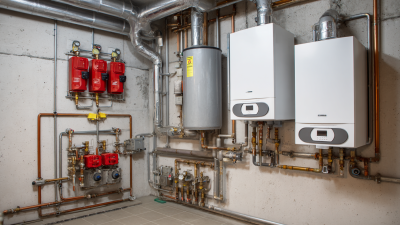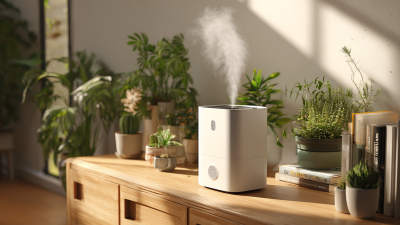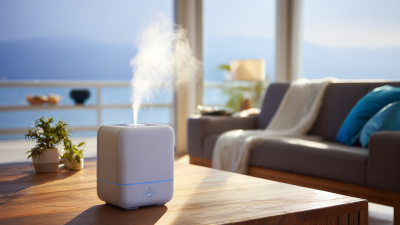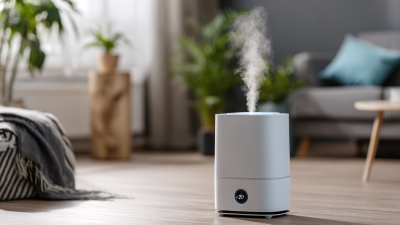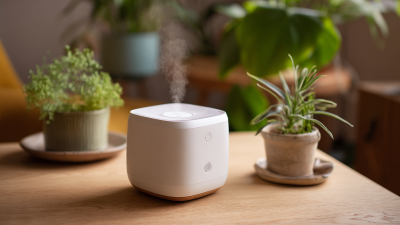When it comes to maintaining a comfortable indoor environment, the installation of an HVAC humidifier plays a crucial role. A properly functioning humidifier not only enhances the air quality by adding moisture but also contributes significantly to the overall efficiency of your HVAC system. Understanding the intricacies of HVAC humidifier installation is essential for homeowners looking to optimize their living spaces, especially in areas prone to dry air during seasonal changes. This blog will guide you through the installation process, ensuring you have the knowledge to get it right the first time.
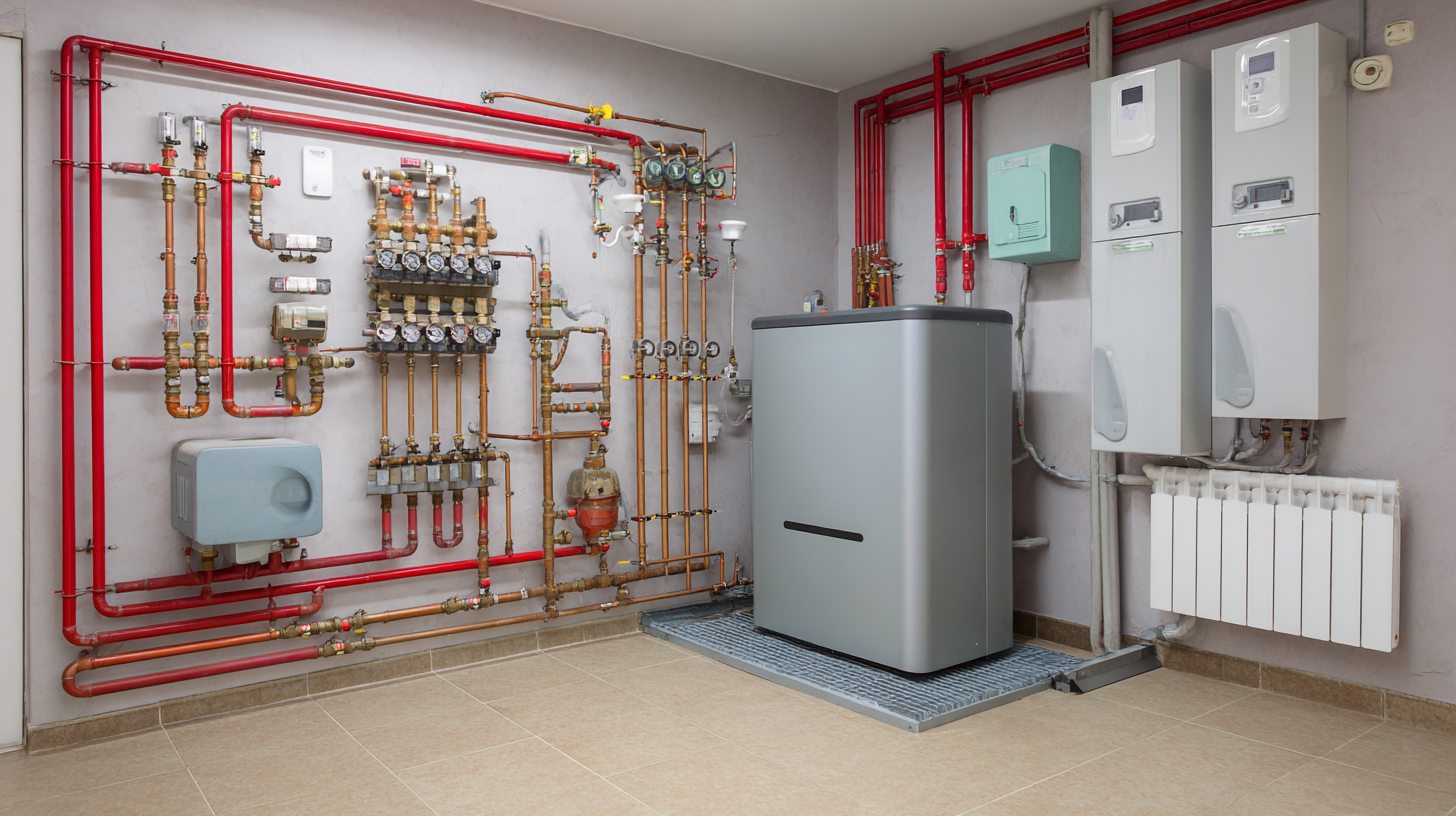
From selecting the right type of humidifier to essential tools and tips for installation, we'll cover everything you need to know to achieve a seamless and effective setup. Whether you're a DIY enthusiast or seeking professional help, this comprehensive guide will pave the way for a successful HVAC humidifier installation that enhances your indoor comfort.
When it comes to enhancing the comfort of your indoor environment, understanding the different types of HVAC humidifiers available is essential. There are primarily three categories of humidifiers: bypass, fan-powered, and steam humidifiers. Bypass humidifiers are designed to work with your furnace's airflow system, drawing warm air through a water panel to add moisture before it's distributed throughout your home. They are energy-efficient and ideal for moderate climates but may require additional help during the driest conditions.
Fan-powered humidifiers, on the other hand, come equipped with their own fan, allowing them to introduce moisture more effectively into the air without relying solely on the heating system. This makes them suitable for larger homes or climates that experience extreme dry conditions. Lastly, steam humidifiers are the most advanced option, using electrical resistance to boil water and release steam directly into the air. They offer precise humidity control but come with higher installation and operational costs. By understanding these types, you can choose the most appropriate humidifier for your HVAC system and home environment.
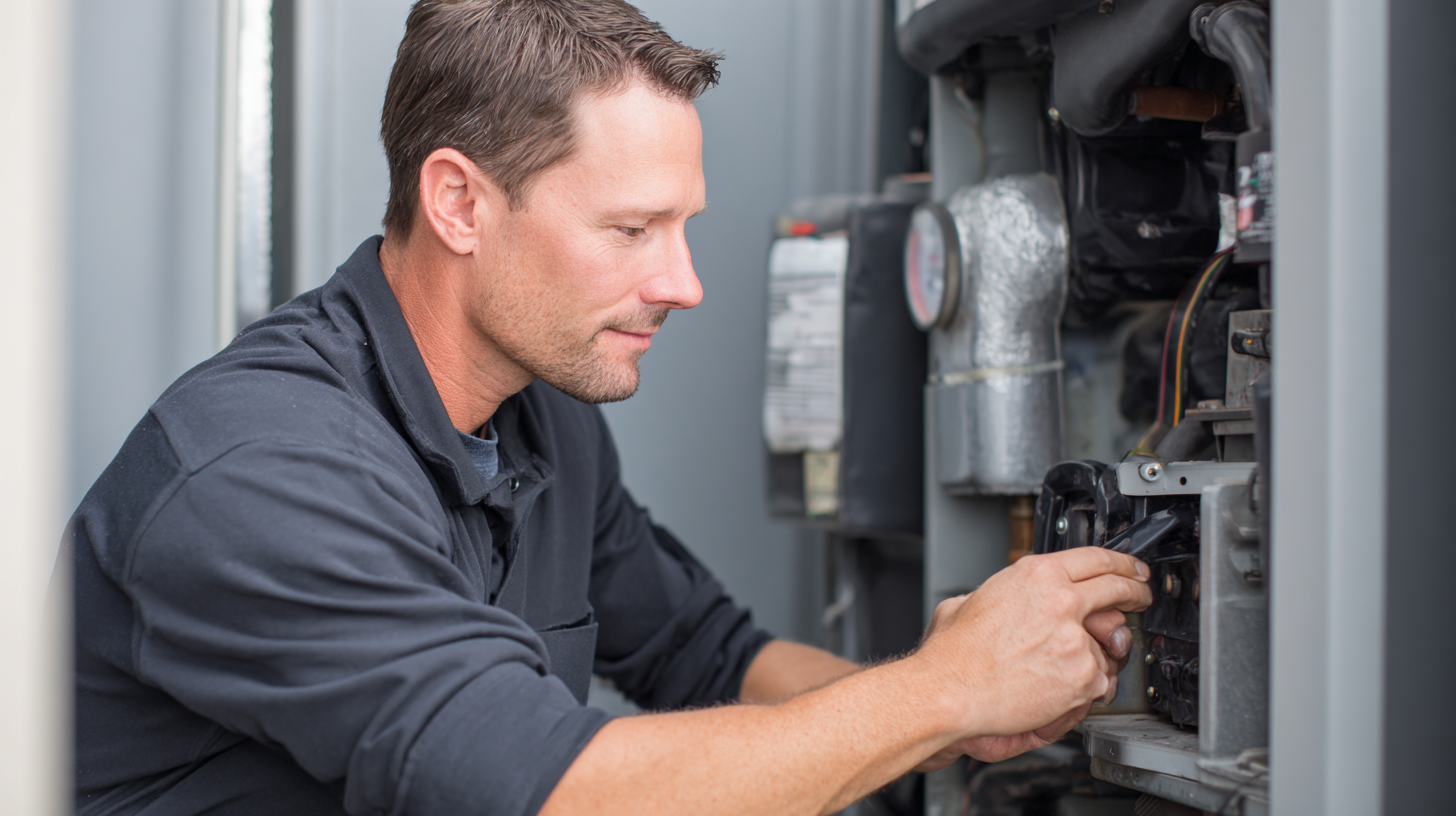
When it comes to installing an HVAC humidifier, several critical factors need consideration to ensure optimal performance and efficiency. First, assess the size of your home and the existing HVAC system. A correctly sized humidifier can make a significant difference in maintaining the right humidity levels. If the humidifier is too small, it won’t effectively raise humidity, while one that’s too large might lead to excessive moisture, causing mold growth and other issues.
Another vital aspect is the location of the installation. Ideally, a humidifier should be placed within the ductwork of your HVAC system to facilitate even distribution of humidity throughout your home. Additionally, you'll need to evaluate your water source; make sure it is readily accessible and capable of providing the necessary supply for the humidifier's operation. Finally, consider the maintenance requirements. Some models require regular cleaning or filter changes, which can impact your long-term satisfaction and the system's overall efficiency. Prioritizing these factors will help ensure a successful installation and a comfortable living environment.
Installing an HVAC humidifier can significantly improve indoor air quality and overall comfort. According to the EPA, maintaining humidity levels between 30% and 50% can help reduce the spread of airborne viruses and alleviate respiratory issues. The installation process, however, requires careful planning and execution to ensure optimal performance.
Begin by selecting the right type of humidifier for your HVAC system, whether it's a bypass, fan-powered, or steam humidifier. Each type has its specific installation requirements and efficiency characteristics. According to a report by the American Society of Heating, Refrigerating and Air-Conditioning Engineers (ASHRAE), properly installed humidifiers can enhance energy efficiency by as much as 20%. This highlights the importance of following a systematic step-by-step approach during installation.
Once you've chosen the humidifier, the next steps typically involve leveling the unit, connecting it to the water supply, and integrating it with your HVAC system. Ensure the humidistat is calibrated correctly to maintain desired humidity levels. It's essential to refer to the manufacturer's guidelines and local building codes throughout the process. Following these steps meticulously will not only ensure a successful installation but also maximize the benefits of your HVAC humidifier system.
When installing an HVAC humidifier, it's essential to avoid common mistakes that can compromise its efficiency and effectiveness. One prevalent error is neglecting to choose the right size humidifier for your home. A unit that is too small will struggle to maintain adequate humidity levels, while one that is too large can lead to excessive moisture, fostering mold growth and damaging your home’s structure.
Conducting a thorough assessment of your space and consulting with a professional can help ensure you select a properly sized unit.
Another frequent misstep is improper placement of the humidifier. It's crucial to install the unit away from direct sunlight and heat sources, as these can affect its performance. Additionally, ensuring that the humidifier is positioned to distribute moisture evenly throughout your home can prevent localized humidity issues. Failing to connect the humidifier correctly to your HVAC system can also lead to inefficiencies. Always follow the manufacturer's instructions and, if in doubt, consult with an experienced technician to achieve optimal results from your humidifier installation.
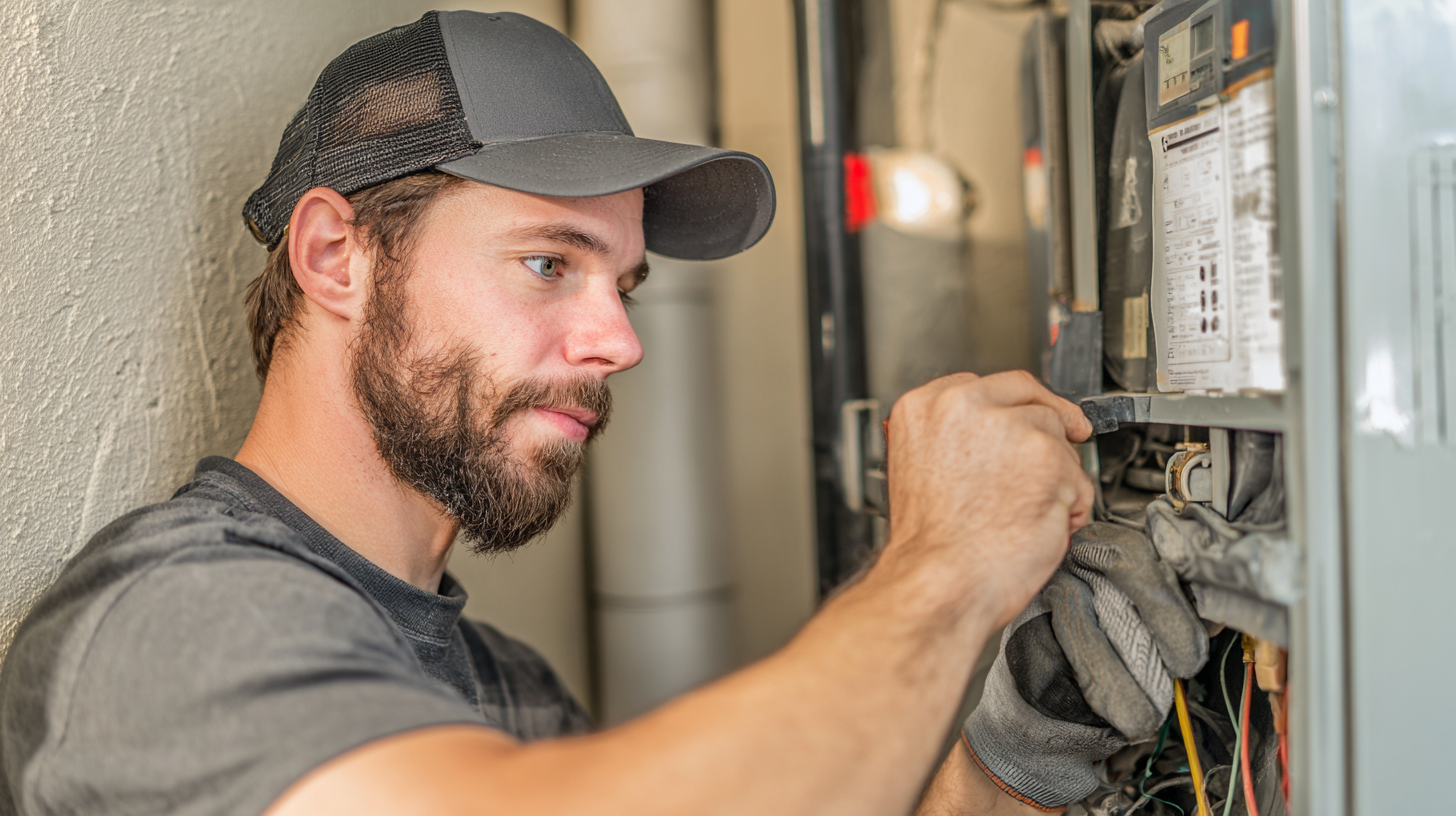 Proper maintenance of your HVAC humidifier is crucial for ensuring optimal performance and longevity. According to the Environmental Protection Agency (EPA), maintaining humidity levels between 30% and 50% can significantly enhance indoor air quality and prevent issues like mold growth. Regular upkeep not only improves comfort but also contributes to energy efficiency, helping homeowners reduce utility bills.
Proper maintenance of your HVAC humidifier is crucial for ensuring optimal performance and longevity. According to the Environmental Protection Agency (EPA), maintaining humidity levels between 30% and 50% can significantly enhance indoor air quality and prevent issues like mold growth. Regular upkeep not only improves comfort but also contributes to energy efficiency, helping homeowners reduce utility bills.
Tip 1: Clean your humidifier monthly. Mineral buildup can hamper efficiency and may even become a breeding ground for bacteria. Use a mixture of vinegar and water to clean the unit, and replace the filter every three months to maintain air quality.
Tip 2: Monitor humidity levels with a hygrometer. Keeping a close eye on humidity levels will help avoid over-humidification, which can cause damage to wood fixtures and lead to respiratory issues. Adjust your humidifier settings accordingly based on seasonal changes.
By dedicating time to these maintenance practices, homeowners can ensure their HVAC humidifier operates efficiently and effectively, contributing to a healthier living environment.
